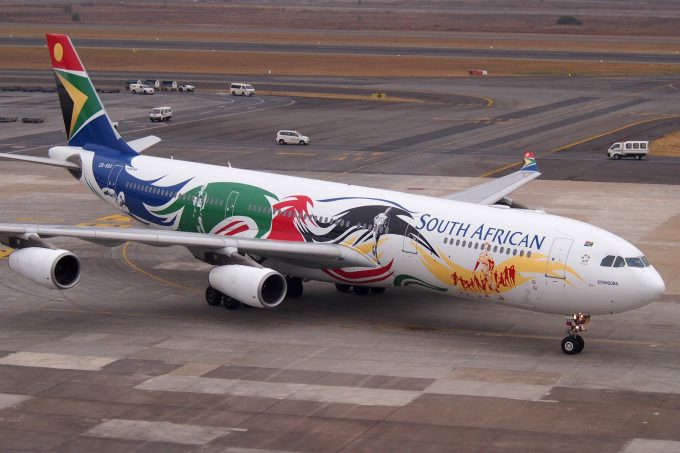KQ and TAAG look to boost regional African markets with 737-800Fs
Kenya Airways and TAAG Angola Airlines are injecting extra cargo capacity to regional markets, using ...

Airlines are increasing capacity between Africa and South America via Brazil, indicating a resurgence in demand for connectivity between the two regions.
South African Airways (SAA) resumed operations to Brazil in October, between Cape Town and Sao Paulo, after an almost four-year Covid-induced hiatus. Services from Johannesburg to Sao Paulo followed in November, all operated by A330-300s.
SAA plans for the routes to facilitate export and import opportunities and augment trade relations between South Africa and Brazil.
Operator specifications might vary, but industry data shows the A330-300 passenger variant has belly cargo space of 5,056 cu ft, and SAA wants to tap into that to load palletised cargo and provide faster movement of goods.
Last month, the carrier signed an extended codeshare agreement with Kenya Airways to Sao Paulo, connecting through Johannesburg, which will likely open further opportunities for cargo shipments to East Africa and beyond.
The timing of SAA’s renewed focus on Brazil seems to coincide with the increase in the BRICS nations. Reportedly, Argentina, Iran, the UAE, Saudi Arabia, Ethiopia and Egypt’s membership came into effect from 1 January, joining founders Brazil, Russia, India, China and South Africa.
Seen through a Southern African air transport industry lens, Aaron Munetsi, CEO at the Airlines Association of Southern Africa (AASA), thinks BRICS is yet to fully manifest significant increases in connectivity between and among its member states.
“Southern Africa and Brazil have deep and long-standing ties, underpinned by South Africa and Angola’s bilateral air service agreements with Brazil,” Mr Munetsi told The Loadstar.
He reckons the individual BRICS member states are at different levels of implementation and realisation of mutual objectives. “Most do not regard their affiliation with the group in a binary sense, but embrace BRICS as an additional grouping, not to the exclusion of others,” he said.
“The aviation industry subscribes to this philosophy and sets out to connect people, communities, businesses and markets wherever opportunities arise.”
Last month, TAAG Angola Airlines increased its frequencies between Luanda and Sao Paulo and now flies six times a week, using B777-300s, lifting over 30,000kg of freight per flight from Sao Paulo.
“This is a fantastic aircraft for cargo and the forwarder community has responded positively to its huge capacity for carrying air freight,” claimed a TAAG spokesperson.
TAAG has also identified significant opportunities for cargo in the wider South American market, especially for consumer goods and e-commerce. It said it had observed a growing middle class on both sides of the Atlantic eager for commodities and new products quicker than sea freight can provide.
As with all combination carriers, the growth on routes will be determined by passenger numbers, as TAAG noted: “As soon as we announced the sixth frequency the flight from GRU was fully booked. We know Brazil is a really good market for TAAG Cargo, and we expect further growth in 2024.”
Data from the African Development Bank shows Brazil-Africa trade reached $16bn in 2021, increasing almost 40% in 2022, with almost 4% of all Brazilian exports destined for Africa.
IATA’s latest analysis of the air cargo market, for November, indicated that African airlines saw air cargo volumes increase 3.9% (a slight improvement on October’s 2.9%) and capacity was 14% above November 2022.
Comment on this article